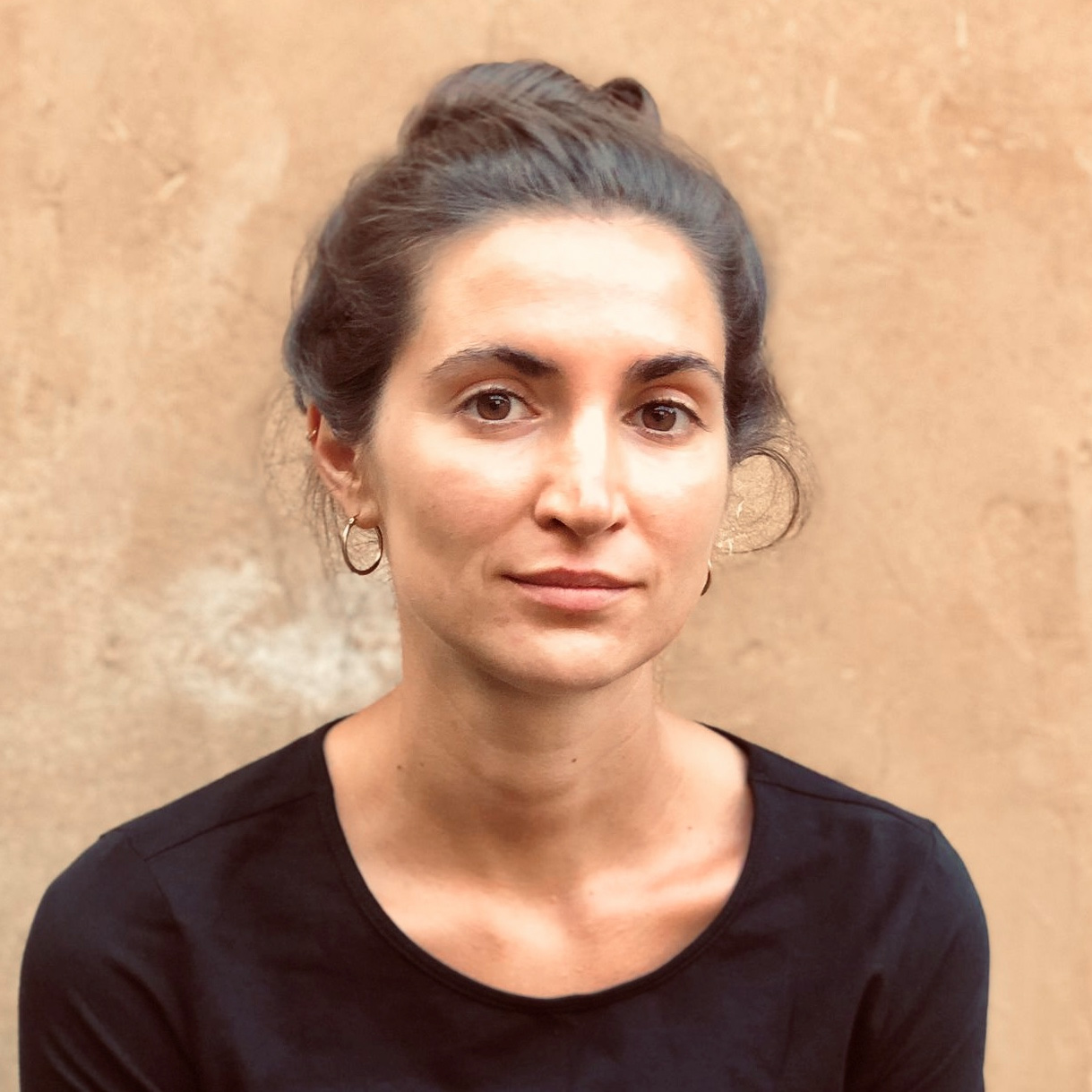Team
Academic CV
Luise Wangler studied art history and philosophy at Johannes Gutenberg University Mainz and Roma Tre University. From 2019 to 2022, she pursued a Master's degree in art history and museology at the École du Louvre in Paris and Heidelberg University. As part of a joint project between the École du Louvre and the Bibliothèque Kandinsky at the Centre Pompidou focusing on the archives of photographer Marc Vaux, she began her research on the German-Jewish artist Paul Gangolf.
In 2020, she contributed to the exhibition and publication project Paul Gangolf (1879–1936): Vergessener Künstler der Moderne // Ermordeter Häftling des KL Esterwegen at the Esterwegen Memorial. Further research is being carried out with Didier Schulmann as part of the project Repertory of the players in the French art market during the German occupation (1940-1945) (RAMA), jointly run by TU Berlin and the Institut National de l’Histoire de l’Art in Paris.
From 2022 to 2023, she worked as an editorial assistant for the Passages online publication series at the German Center for Art History (DFK Paris). Subsequently, she served as an assistant for international programs at the Archives of Women Artists, Research and Exhibitions (AWARE) in Paris.
Research Interests
- Modern and Contemporary Art
- Exile
- Transnational Cultural Transfer
- Provenance Research
- Collection and Exhibition History
- Art Market
- Actors, Networks and Institutions of the Cultural Field
Publications
Arthur S. Pfannstiel, Kunstschriftsteller, Geheimagent, Akteur des ERR und SD in Paris während der Besatzungszeit", in: Repertory of the players in the French art market during the German occupation (1940-1945) [together with Didier Schulmann, to be published].
Textile Art: Medium Through the Prism of Gender, in: Archives of Women Artists, Research and Exhibitions, Paris 2025.
Paul Gangolf – Pariser Jahre, in: Jan Giebel und Sebastian Weitkamp (Hg.), Paul Gangolf (1879–1936). Vergessener Künstler der Moderne // Ermordeter Häftling des KL Esterwegen, Göttingen 2021, S. 97–122.

